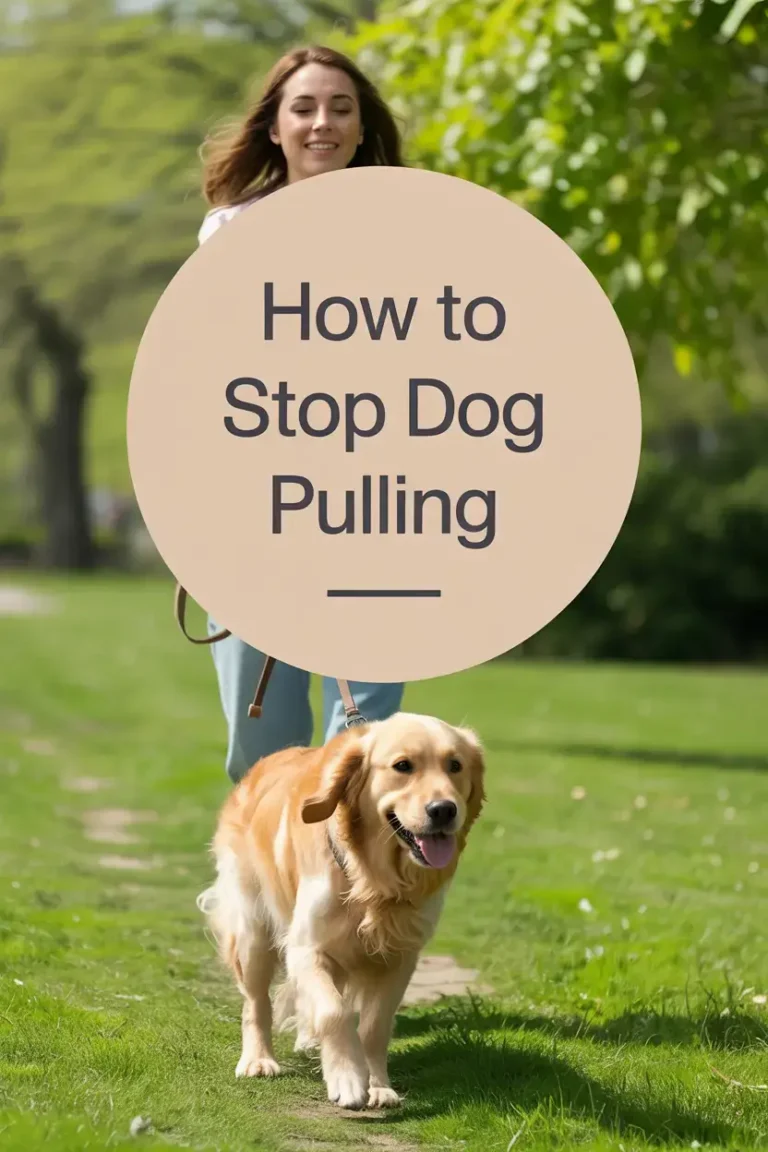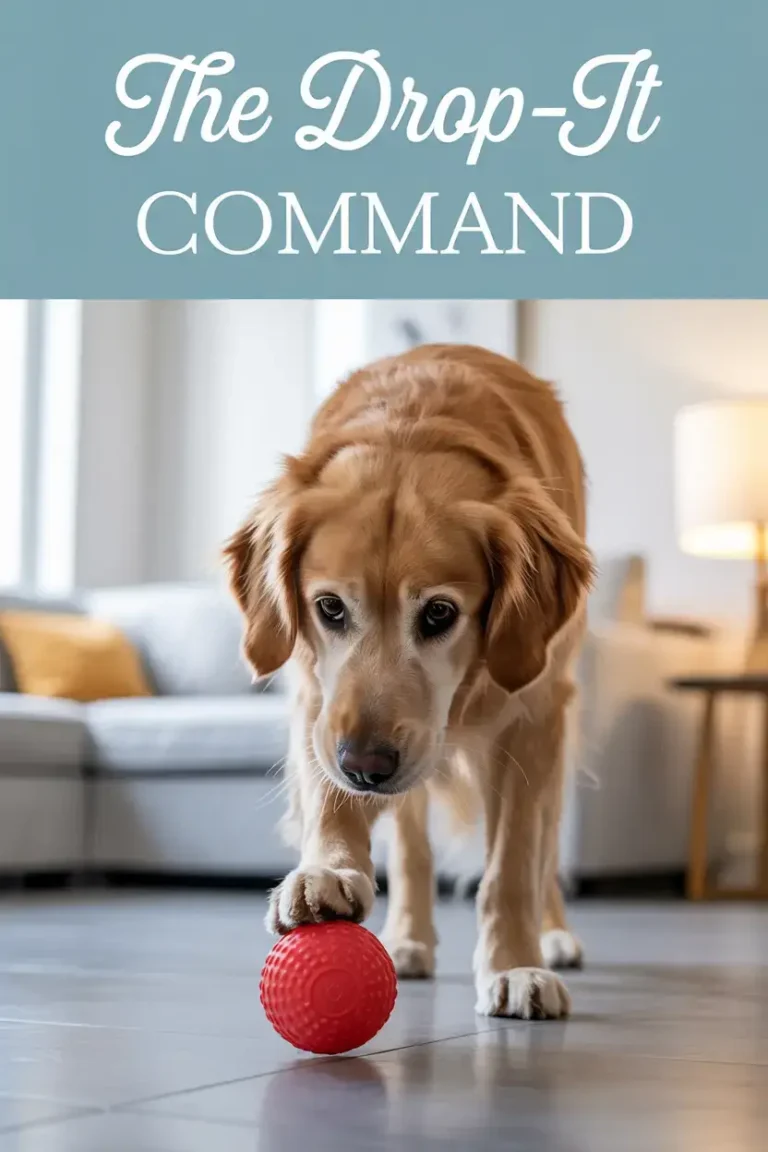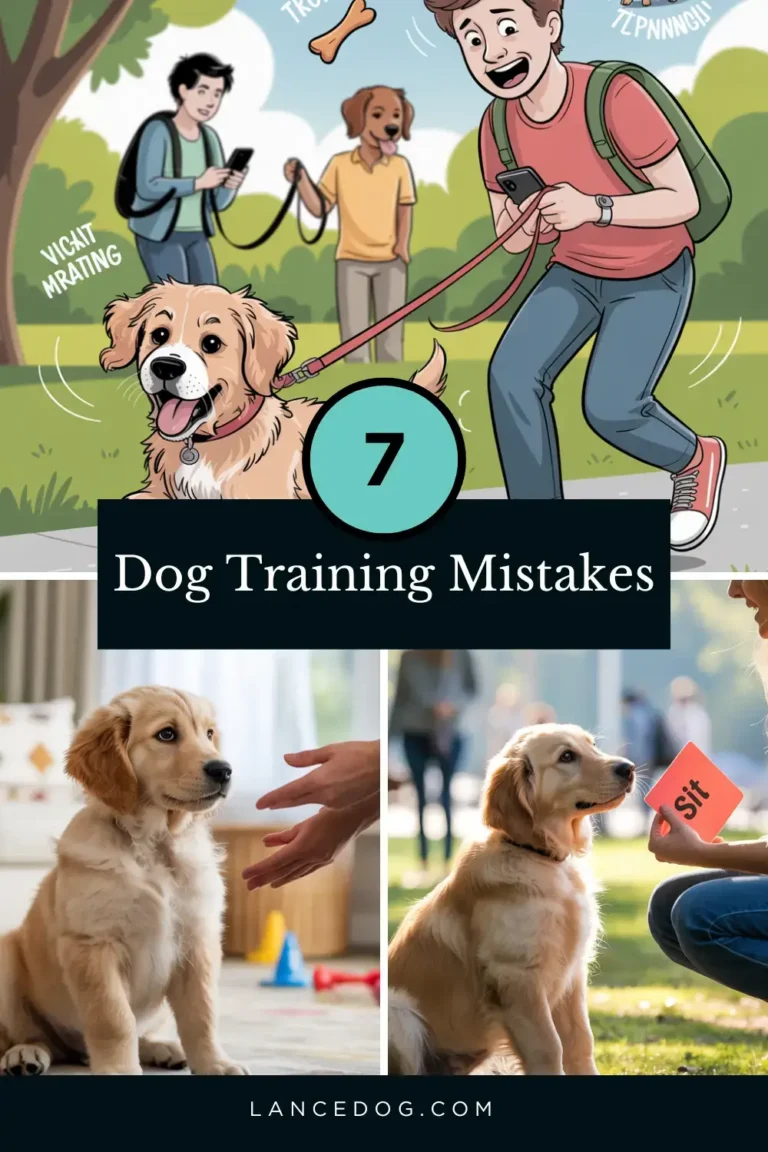🐶 The Ultimate Puppy Training Guide: 7 Steps to Raise a Happy, Well-Behaved Dog

Bringing home a new puppy is pure magic — those floppy ears, clumsy paws, and that heart-melting gaze. 🐾 But let’s be honest: it’s also a little overwhelming.
Chewed shoes, accidents on the rug, and those 3 AM wake-up calls? Yeah… puppy training is a whole journey.
But here’s the good news: with a little structure, a lot of love, and the right tools, you can raise a well-behaved, confident pup that grows into your dream dog. Let’s walk through 7 essential steps that make puppy training easier, more rewarding, and full of tail-wagging success.
1. 🏠 Start with a Consistent Routine
Puppies thrive on structure. Set clear routines for meals, potty breaks, playtime, and naps. A predictable schedule helps them feel safe and reduces anxiety.
Bonus tip: Take them out for potty breaks after naps, meals, and play. It’s key for housebreaking.

2. 💛 Positive Reinforcement is Everything
No yelling. No harsh corrections. Reward-based puppy training helps build trust and motivates your pup to repeat good behavior. Treats, praise, and play go a long way in shaping a confident dog.
Celebrate every little win — even if it’s just sitting for 2 seconds!
3. 🚽 Housebreaking with Patience
Potty training is one of the first (and most frustrating) tasks. Accidents happen — don’t scold, just redirect and be consistent.
Use these tips:
- Take your pup to the same potty spot each time
- Praise them immediately after they go
- Crate train to build bladder control
Your rug will thank you. 😅

4. 🛏️ Crate Training Builds Confidence
Many new dog owners think crates are cruel, but they’re actually comforting when introduced properly. Crates mimic a natural “den” and help with house training and independence.
Start slow, keep it cozy, and never use the crate as punishment.
5. 🦮 Leash Skills from Day One
Don’t wait until your puppy pulls like a sled dog. Begin leash training early by practicing short walks inside the house or yard.
Use treats and a cheerful voice to make it fun. This teaches your puppy to follow you, not drag you down the block.
6. 🧑🤝🧑 Socialization is Non-Negotiable
Between 8–16 weeks is your puppy’s critical socialization window. Safely expose them to different sights, sounds, people, and gentle dogs. This builds confidence and reduces fear-based behaviors later.
Positive first impressions = a chill adult dog.
7. ⏳ Keep Sessions Short and Sweet
Puppies have short attention spans. Training should be fun and no more than 5–10 minutes per session. End on a high note and always offer praise.
Training is about connection, not perfection. 💛

🙋♀️ FAQs: Puppy Training
Q1: When should I start training my puppy?
A: Immediately! Even at 8 weeks, puppies can begin learning basic commands, potty habits, and routines.
Q2: What if my puppy isn’t listening?
A: Stay patient. Puppies are easily distracted. Keep sessions short, fun, and filled with positive reinforcement.
Q3: Should I hire a professional trainer?
A: If you’re feeling overwhelmed, yes! Even a few sessions with a positive reinforcement trainer can set you and your pup up for long-term success.
🐾 Final Thoughts: Raise with Love, Lead with Patience
Puppyhood is wild, messy, and completely magical. 🐶 You’ll laugh, cry, and probably clean up more accidents than you’d like. But through it all, puppy training is your chance to build trust, communication, and a lifelong bond.
Lead with kindness. Train with consistency. And know that every little success is a step toward raising a dog that’s not just obedient — but joyful, secure, and deeply connected to you. 🐾💛






